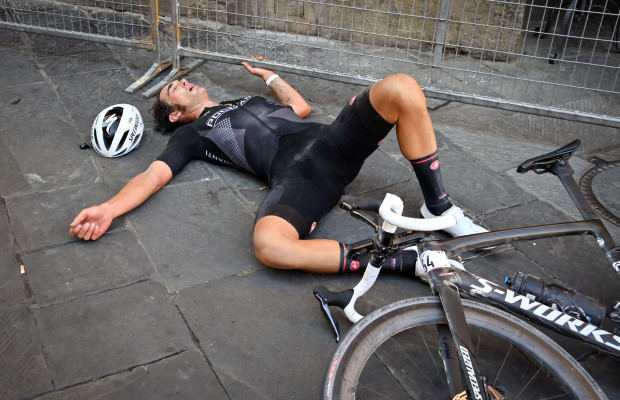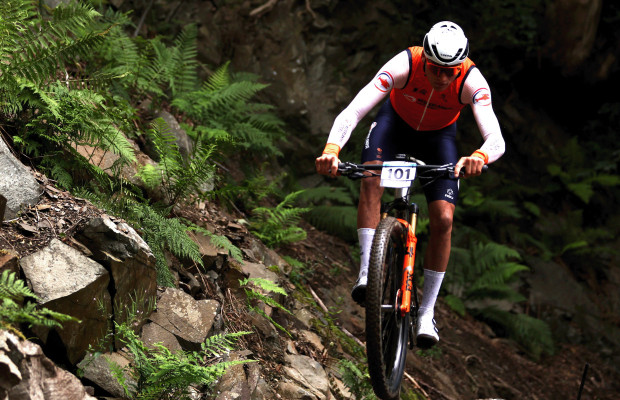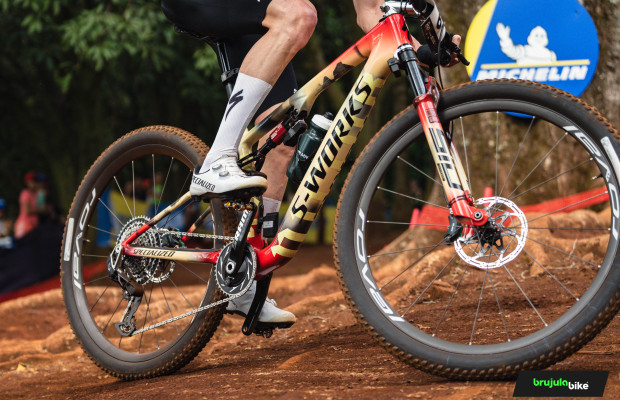Why does Pogacar attack while sitting?
The peculiar attacking style that Tadej Pogacar has shown during this Tour de France, which he already started using in the classics, represents a small revolution in the cyclist's pedaling that has very well-founded reasons summarized in one word: effectiveness.

Tadej Pogacar's devastating attacks without getting out of the saddle promise to set a trend
Performing hard pace changes without getting out of the saddle is not actually something new in cycling. In disciplines like track cycling or mountain biking, it is common, and in the past, road cyclists have also used this technique. However, what is truly atypical is that it is applied by a cyclist with extremely thin build and tremendous climbing skills like Tadej Pogacar.
The reason for doing it this way is very simple: efficiency. While it is true that when one stands up on the pedals and launches an attack, the sudden surge of watts that reach the pedals transforms into a violent acceleration. However, it is a position that quickly shows its inefficiency as it increases oxygen consumption by involving muscles from the whole body, making it impossible to maintain the acceleration for more than a few seconds.
RECOMENDADO

Tips for cycling in the rain

25 cycling gifts ideas to get it right

When do helmets have to be changed? Do they have an expiration date?

How many days should a cyclist rest per week?

Some reasons to stay away from the road in winter

S-Works: what does it really mean and where does Specialized's most exclusive label come from?

Attacking while seated allows for longer and sustained attacks that offer more opportunities to drop the rival and make them fall behind, but of course, only if a similar power output is maintained as when standing up.
At this point is where not only Tadej Pogacar's talent comes into play, but also a very specific training to achieve those huge power outputs without having to stand up or doing it for a very short time, only for the initial acceleration of the attack.
A style that began to take shape in early 2024 when Javier Sola took charge of Tadej Pogacar's training. The Spanish coach started to emphasize strength training as a way to make Tadej Pogacar even better than he already was. The goal was initially to adapt the Slovenian's morphology to the spring classics.

Thanks to this gym work, not only gaining strength to propel the bike but also the stabilizing muscles that allow him to maintain body balance when pushing the limits and changes like choosing shorter cranks to achieve a more aggressive position and greater pedaling agility, Tadej Pogacar has managed to transfer that necessary strength for the classics to the grand tours with absolutely devastating effects. Especially because he managed to maintain the strength gained for the classics while losing weight with his intense training for the Tour de France. In other words, the holy grail of cycling: more watts and less weight.